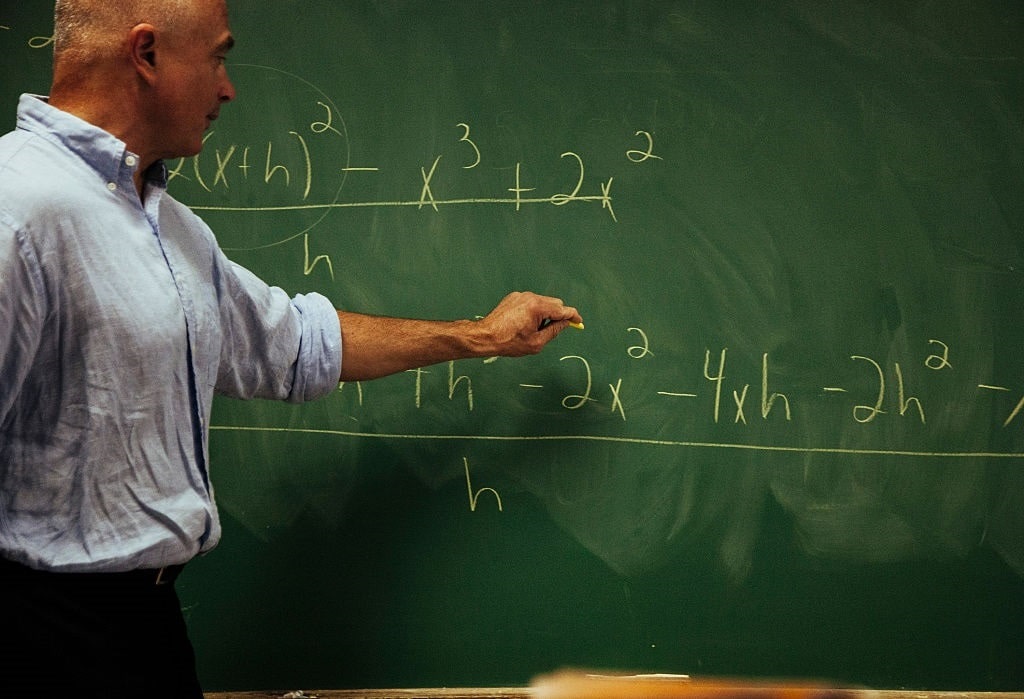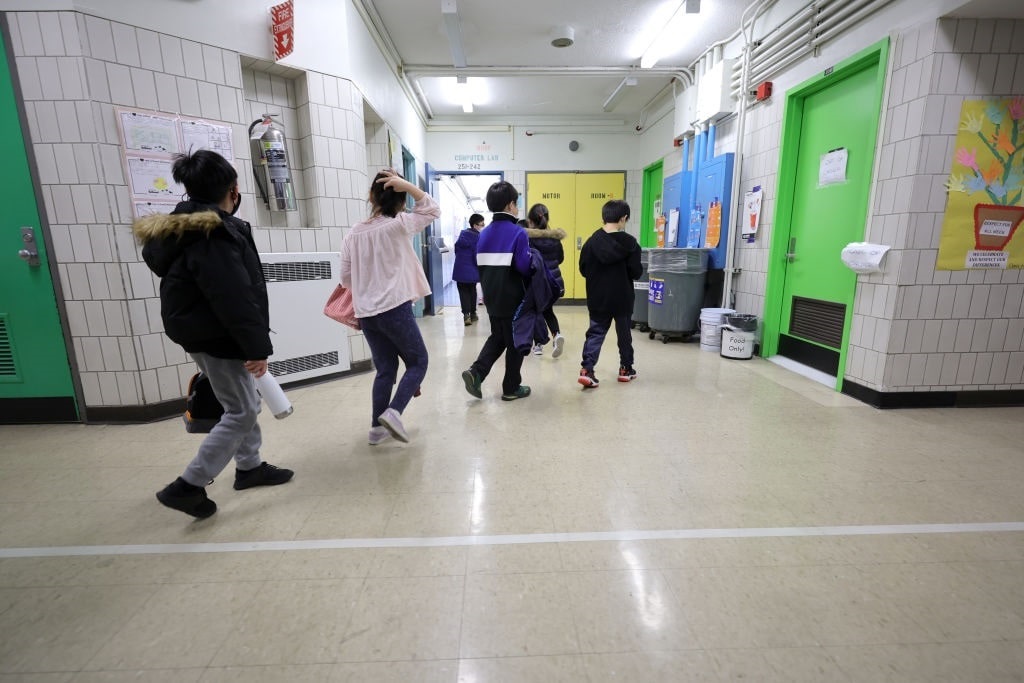The Organisation for Economic Co-operation and Development (OECD) released new Programme for International Student Assessment (PISA) data evaluating how 15-year-olds are faring in mathematics, reading, and science. The US government spends about 6% of its GDP on education, more than most North American and European countries. Therefore, the United States should be putting its rivals to shame and producing a generation of intellectually astute students. Right? As expected, because governments and teachers are more focused on social justice, 2SLGBTQIA studies, and inappropriate sex education, America’s youth are falling behind the rest of the world in critical areas, potentially placing the country at a competitive disadvantage in the decades to come.
PISA, America, and Education
The OECD’s 2022 global education survey, the first PISA study published since the coronavirus pandemic, revealed that students in 37 member countries and 44 partner nations have experienced setbacks, whether in literacy or math. The average international mathematics score has tumbled by 15 points since 2018 (20 points is viewed as a year of learning). Science scores were roughly unchanged while reading fell by about ten points.

(Photo by Whitney Hayward/Portland Portland Press Herald via Getty Images)
Back home, the US generated mixed results. In math, the nation scored 465, falling 13 points from 2018 and ranking between Malta and the Slovak Republic. It was far below Singapore, China, Japan, South Korea, Switzerland, and Canada. In science, the US scored 499 and was above the OECD average, though still three points lower than in 2018 and still behind the likes of Finland, Australia, Ireland, and Slovenia. In reading, the US was in the top ten, garnering a result of 504 points, and was little changed from a few years ago.
Overall, the international governmental organization was displeased by the report card, with OECD education analyst Irene Hu telling reporters that the “PISA 2022 results show a fall in student performance that is unprecedented in PISA’s history.” But the OECD was sure to note that Singapore was doing well, writing in the report: “These results suggest that, on average, Singaporean students are the equivalent of almost three to five years of schooling ahead of their peers.”
While the COVID-19 lockdowns played a substantial role in deteriorating scores, the report noted that other factors played a role as well, from the decline in parental involvement to diminishing teacher and school staff support. They also observed that the drop had little to do with funding as “countries have invested in education over the past 10 years, but maybe they didn’t invest efficiently, or sufficiently into the quality of teaching.”
In the US, education spending has ballooned over the years, but students are falling behind.
Making the Grade

(Photo by Michael Loccisano/Getty Images)
As of September 2023, the United States (federal, state, and local) spends $810 billion on K-12 public education per year. This equals approximately $16,000 per pupil annually, up about 50% since 2009. Some will say there is a gap between how much each state spends. Technically, this is accurate. However, only three states spend less than $10,000 per student on K-12 education: Arizona ($9,100), Utah ($9,500), and Idaho ($8,700). Others spend between $11,000 and $31,000.
On the world stage, other nations are spending as much or less than the US and generating scores that range from excellent to decent. As a percentage of GDP, the OECD average is about 4.9%. There is a significant divergence between America and top-performing countries on a per-dollar basis. The Singapore government spends roughly $10,000 per primary student and is on top of the world. China and Japan devote about $5,000 and $10,000 per pupil, respectively, and ranked higher than the US on the PISA scores. The average expenditure per student in South Korea is roughly $11,000.
Estonia is the most compelling country in the OECD PISA report. Why? It is spending roughly the same as the United States per pupil and scored higher in math (510), reading (511), and science (526).
Not the Only Report
For years, plenty of reports have revealed that elementary and secondary students are falling behind.
The most recent National Assessment of Educational Progress (NAEP), also referred to as the Nation’s Report Card, found that nine- and 13-year-olds recorded substantial declines in math and reading. The NAEP report authors alluded to the lockdowns as a contributing factor: “You see nearly all student groups are facing academic setbacks when compared with results shortly before the pandemic.” Additionally, before anyone claims there are racial disparities, the NAEP numbers revealed something that socialists would adore: equal misery.
“The NAEP long-term trend assessments revealed declining student performance in basic reading skills, particularly for lower-performers across racial/ethnic groups at age 9, and more widespread loss in basic mathematical knowledge among our lower- and higher-performing Black, Hispanic, and White students.”
Other experts purport that there is something more beneath the data. Research shows that homeschooled children tend to outperform government school kids on standardized academic achievement tests by as much as 25 percentile points. Moreover, data between 2015 and 2019 exposed that charter school students enjoyed “reading and math gains that outpaced their peers in the traditional public schools they otherwise would have attended.” One more: Liberty Nation reported this past summer that Catholic education exceeded all government schools, proving to be a successful and cost-effective enterprise.
Indoctrination Centers
Despite politicians and teachers unions howling at the moon that the government needs to provide more funding, the data show that schools are already receiving handsome sums of cash. It is what they do with the money that should be called into question. Rather than spending the day segregating classrooms to teach about racism or running drag queen story time hour, why not dedicate resources, even if they are limited, to the basics of math, science, reading, and writing? Maybe it is because these warehousing facilities cannot, as 2021 data revealed that about half of aspiring elementary teachers failed their state’s licensing exam on their first try.

